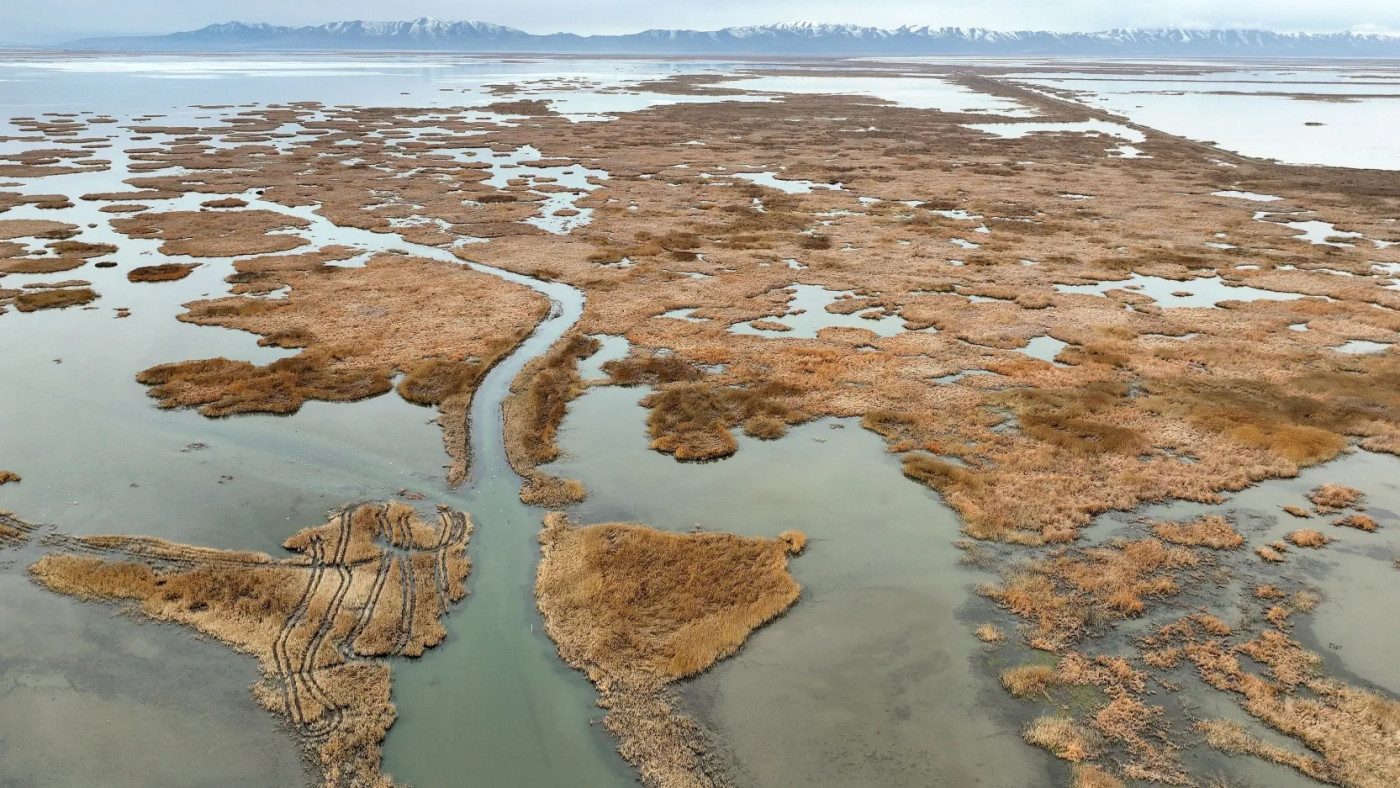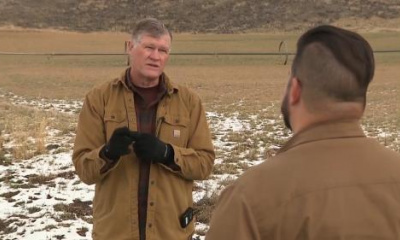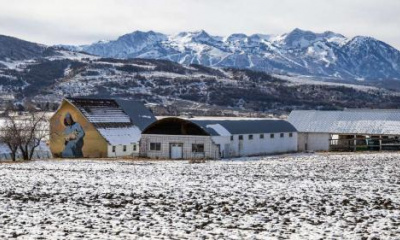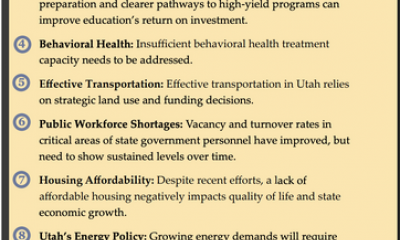Willard Spur is in desperate need of water, and so is Ogden City
A partnership proposed by Ogden City with the state of Utah has the potential to save millions of gallons of water per day, ensure a reliable supply of culinary water and help the Great Salt Lake — tackling an avian nightmare that plays out each summer.
“We experience a significant outbreak every year of botulism,” said Ogden City Mayor Ben Nadolski. He said the hotter and more shallow the water, the more botulism occurs, leaving a swath of carcasses in its midst.
“The bigger the outbreak, the harder it is on waterfowl and shorebirds. We lose an estimate across the lake of tens of thousands of birds to these kinds of outbreaks each year with the No. 1 hot spot being at Willard Spur,” he said. “If anybody has ever been out at Willard Spur during these outbreaks, the mortality is significant. It is a hard thing to see. It definitely is an emotional experience.”
Solutions to a deadly problem
Nadolski, as a former employee of the Utah Division of Wildlife Resources, knows of what he speaks. Although the Willard Spur Waterfowl Management Area was only recently created by the Utah Legislature in 2019, it’s long been regarded as a cornucopia of wildlife, particularly critical waterfowl.
The problem could be solved with the replacement of a 90-year-old and 6.4-miles long pipeline in Ogden Canyon, with an ask this year of $10 million from Utah lawmakers to round out a $100 million project paid through federal funding and other means.
Rep. Calvin Musselman, R- West Haven, presented the funding request recently to the Natural Resources, Agriculture and Environmental Quality Appropriations Subcommittee and joked it is a rare partnership that can be put forward.
“How often do you get someone who instead of sitting in this chair and asking something, which we are going to do, but offer you something in return?”
That had lawmakers on the committee somewhat intrigued.
Water loss, bird loss and the Great Salt Lake
The 90-year-old pipeline is incontinent, losing 3 million gallons of water per day, or 9 acre-feet of water. That is a lot of water that is not making it downstream from Pineview Reservoir for culinary use or for the benefit of the Great Salt Lake.
Nadolski said water managers have estimated that the total volume of Pineview Reservoir could be saved three times over during the life of a new pipeline.
What the proposal includes is an agreement to make sure 1,500 acre-feet of water is saved for the Willard Spur for delivery in August, when it gets so hot and the water is so tepid that the worst of the worst avian botulism outbreaks happen.
“We’re willing to work together to put that water to most beneficial use at the most beneficial time and place to address the botulism outbreak,” Nadolski said.
Limitations
Water infrastructure is simply not a sexy topic. Money to lure a baseball stadium? Sure. Money to land the Olympics? You bet. Even teacher raises have an appeal that can resonate with parents. Or new schools with space necessary for Utah’s fast-growing population.
But Nadolski said if Utah is serious about saving water, and serious about the Great Salt Lake, investments in a near century-old pipeline that is out of sight, out of mind, are just as necessary for the state’s quality of life.
Rep. Casey Snider, R-Paradise, said Ogden is taking the right approach.
“Water in the Great Salt Lake is great, wonderful, whatever we’re trying to do with that is great, but having water in the right place at the right time is even more important. And the area that they’re talking about is the most biologically productive part of the lake,” Snider said. “So as we’re looking at staving off Endangered Species listings, as we’re looking at maintaining that ecosystem function, this actually has quite a bit of merit.”








